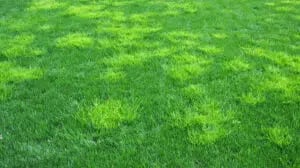Why Is My Grass Growing in Clumps?
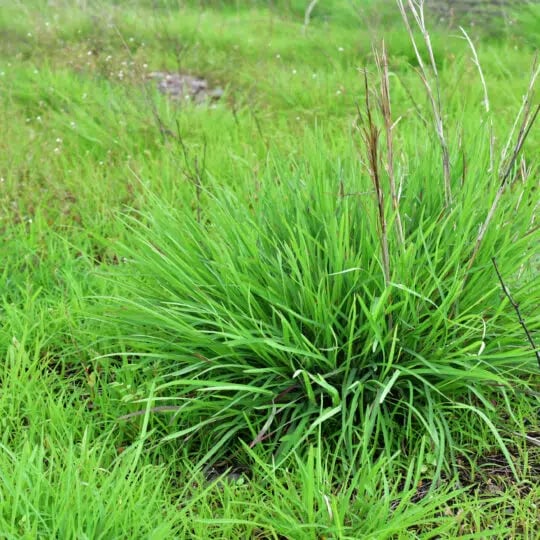
You take great pride in your lawn, so when something interrupts the flow of your carpet-like grass, you want to identify and amend the issue. Learn the different reasons why your grass is growing in clumps and what you can do to fix the patchy appearance.
Reasons Why Your Grass is Growing in Clumps
- Type of soil. Your soil condition greatly impacts how your grass grows. Grass grown in sandy soil is more likely to grow in clumps than grass grown in medium loamy soil (soil with equal parts sand, clay, and silt).
- Mowing problems. If you notice your grass growing in clumps soon after mowing, your timing might be the issue. Grass that is wet when cut is more likely to grow in clumps than grass that is dry when mowed. When possible, time your mowing schedule around the weather and your supplemental watering.
- Over watering. When it comes to watering your grass, there can be too much of a good thing. If your lawn is watered more frequently than your soil can absorb, your grass might grow in clumps.
- Soil pH. Soil that is too acidic or too alkaline can cause many problems for your yard, including clumpy areas of grass. You can pick up a soil pH testing kit at your local garden center and see if your soil is in the sweet spot for growing grass with a pH of 6.5 to 7.0.
- Weeds. If your grass isn’t clumpy all over, it might not be your grass at all! You might have a grassy weed invader like crabgrass. Explore our Lawn Weed Identification Library featuring weeds commonly found in the tri-state area of Pennsylvania, Delaware, and New Jersey to help identify what is infiltrating your lawn.
- Grass variety. Some grass types are known for growing in clumps, and the clumpy parts of your lawn are nothing to worry about. Unless you’re up for the big task of changing your grass type, it might be time to embrace the clumps.
Types of Grass in Pennsylvania, Delaware, and New Jersey That Grow in Clumps
Many types of grass grow in our lawn care service area of Pennsylvania, Delaware, and New Jersey. Some varieties that are known to grow in clumps include:
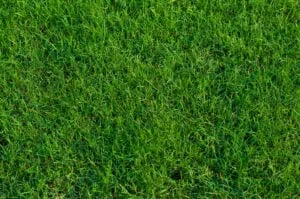
Bermuda Grass
Bermuda Grass
Bermuda grass is a warm-season grass that many people either love or hate. In fact, some people consider Bermuda grass an invasive weed similar to the undesirable clumping appearance of crabgrass. This type of grass thrives with full, direct sunlight and in yards that have good drainage. Plus, it is very drought tolerant, which is great for the unpredictable summers in the Northeast United States. Because of its durability and ability to recover from damage quickly, this is the type of grass you’ll often find on golf courses and athletic fields.
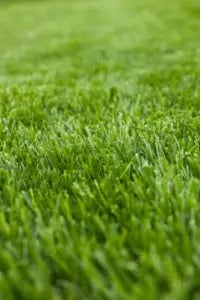
Tall Fescue
Tall Fescue
Tall fescue is a bunching grass that grows in the form of several thick blades from the same clump. The deep root system contributes to its moderate drought tolerance. It can thrive in heavily trafficked areas, making it a great grass to use for your lawn. In addition to the undesirable clump-like look for some owners, another downside to tall fescue is that the germination time is slow compared to other similar grass types, so it takes longer to see results. It is considered a low-maintenance grass type and is great for homeowners looking for something that requires little effort and attention.
Rough Bluegrass
Rough bluegrass is one of the bluegrass varieties found in the tri-state area. It is another type of turf often categorized with weeds, though some people like it as a substitute for its cousin Kentucky bluegrass. This clumping grass thrives in shady, moist areas and has a low tolerance for drought, heat, traffic, and disease, making it unsuitable for many yards and homeowners.
How To Fix Grass Growing in Clumps
Identify and address the cause.
Have you determined whether your grass type is the cause of your grass’s clumping? Or is there an environmental factor like overwatering or soil pH contributing to the growth pattern? Sometimes, there is a clear cause of your grass growing in clumps. If there isn’t anything you can find and fix, work on establishing healthy lawn care practices.
Keep your soil conditions healthy.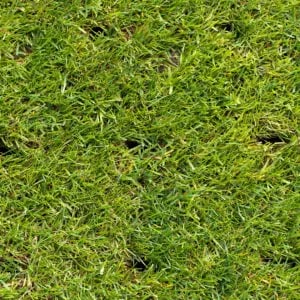
- Aerate your soil to ensure proper drainage and oxygen availability at the root zone. These hundreds of tiny holes in the soil allow air, water, and nutrients to circulate through your lawn. This helps your grass establish stronger root systems, allowing it to grow thicker and healthier than grass grown in compacted soil.
- Check your soil pH to ensure proper growing conditions. If you discover your soil is too acidic, you can use lime treatments to help it reach the ideal pH level for growing grass.
- Start consistent weed control practices. For many people, this means keeping their lawn healthy to ensure unfavorable conditions for weeds, like crabgrass, to grow. Some people choose to use a herbicide to stop weeds before they have the chance to spread, while others take a more reactive approach and weed as they see the invasive plants pop up.
- Water the right way. The average lawn requires 1″ to 1-1/2″ worth of water a week to stay healthy. A rain gauge can help give you an idea of how much mother nature is doing to help, and you can supplement with long soakings once or twice a week rather than sprinkling the grass with water every day.
Call Green Lawn Fertilizing.
We know how to identify the cause of your grass growing in clumps and the solutions necessary to help you get that luscious, carpet-like appearance you crave. We provide a variety of services needed to make your lawn as healthy as can be, including our comprehensive Lawn Care Program that addresses many causes of clumping grass. Contact us today for a free consultation to help your lawn reach its full potential.

